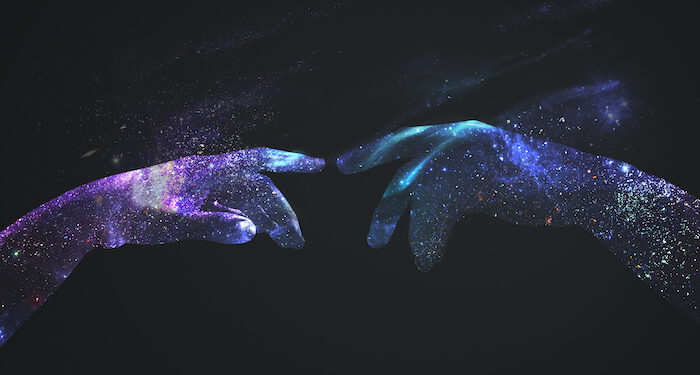Web3 developments are a moving target for agencies, with buzzwords like generative AI and metaverse swirling about.
But will these technologies revolutionise how agencies work in the long run or are they destined to fade into irrelevance?
Melody Maker, digital strategy partner, and Rory MacRobert, digital creative partner at M&C Saatchi Abel, took the plunge so we don’t have to.
Here are the three lessons they’ve learnt.
-
Don’t be afraid to dip your toes
M&C Saatchi Abel was the first agency in Africa to claim a slice of the Metaverse by acquiring land in Africarare’s Ubuntuland in 2022, creating a virtual haven for creatives to connect.
Despite having to make use of technology that was still in its infancy, they gained valuable insights into the potential long-term benefits. Maker compares this to the QR code, which was developed years ago, and gained popularity more recently as smartphones became capable of reading them directly through the camera, eliminating the need to download a separate QR-code reader.
“The effort is worthwhile because sometimes it takes time for technology to catch up with concepts, but the early investment can pay off in the future,” says Maker.
-
The use of Generative AI needs guardrails
The challenge with generative AI primarily revolves around concerns related to likeness and trademark infringement. For instance, generating an image resembling a copyrighted celebrity poses an obvious risk.
However, the complexity increases when a created image, used in a campaign, coincidentally resembles someone in real life, leading to potential liability for improper use and the risk of receiving a court summons.
“This problem is especially difficult given South Africa’s limited training across the data landscape. This means that unlike in the United States, where there’s a far wider bank of images to draw from, the limited range in a country like ours means there’s a far higher chance of a generated image looking like someone that already exists,” explains MacRoberts.
The agency has been navigating this tricky terrain by establishing meticulous processes and tracking every step of image creation. Creating proof of how the image was generated, and the inputs used to create it.
It’s a bold leap into uncharted territory, setting the stage for a future where AI-powered creativity is not only ground-breaking but also ethically sound.
-
AI can be an amazing productivity tool
AI has primarily risen in popularity because it emphasises productivity. With that in mind, the team started building the company’s own Open Source platform.
The website provides templates for diverse digital and social formats to make accessible and downloadable templates a primary resource for enhancing digital creativity.
It emphasises radical collaboration, serving as a practical guide for crafting exceptional digital content and showcasing the agency’s dedication to facilitating a smoother digital journey for everyone.
“Having worked in digital for quite a few years now we’ve seen that at times the brilliant basics are often missing from work, and if we were having this issue, other agencies were too,” explained MacRoberts.
As Maker says, “It’s an exciting time as we continue to redefine the boundaries of creativity, technology, and collaboration in the ever-evolving landscape of Web3. The future is now, and it’s more exciting than ever.”














